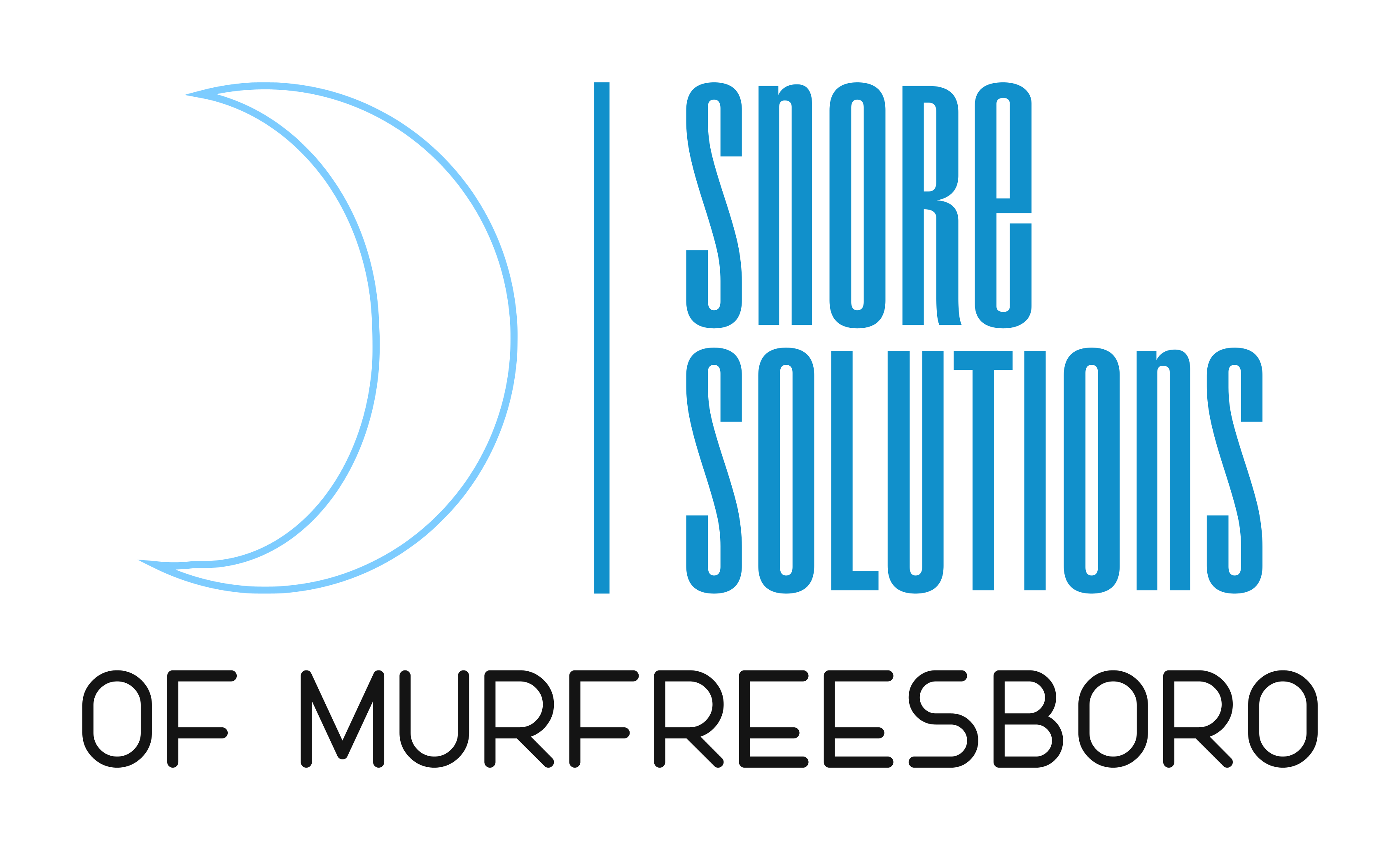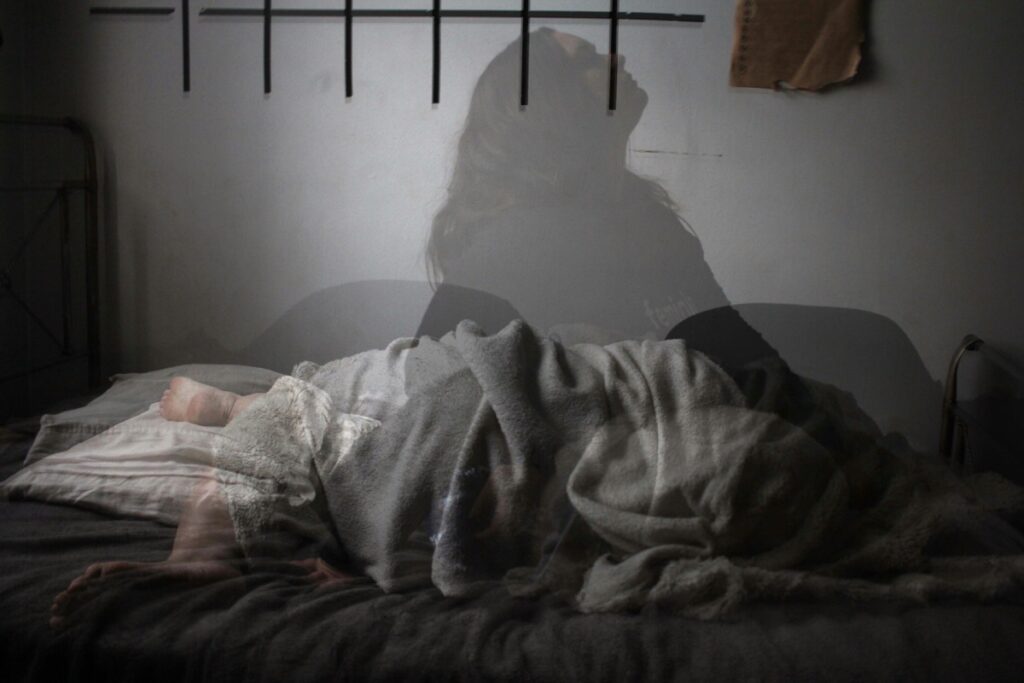If individuals consistently experience daytime fatigue despite obtaining a full night’s rest or frequently awaken throughout the night struggling for breath, they may be displaying symptoms indicative of sleep apnea.
This discussion will delve into the definition and classifications of sleep apnea, prevalent signs to monitor, the correlation between sleep apnea and other medical conditions, diagnostic procedures, efficacious treatment modalities, and strategies for mitigating risk factors.
Should an individual suspect the presence of sleep apnea, further examination of this sleep disorder and its management will be outlined in the subsequent content.
What is Sleep Apnea?
Sleep apnea is a prevalent yet frequently undiagnosed sleep disorder marked by recurrent interruptions in breathing during sleep, resulting in a range of health risks and respiratory issues. This condition can have a profound impact on an individual’s quality of life and overall well-being.
Definition and Types
- Three primary types of Sleep Apnea exist: Obstructive Sleep Apnea (OSA), Central Sleep Apnea (CSA), and Complex Sleep Apnea Syndrome (CSAS).
Obstructive Sleep Apnea (OSA) stands as the most prevalent type, distinguished by a physical obstruction of the airway during sleep, often attributable to relaxed throat muscles or an abundance of tissue in the throat.
Conversely, Central Sleep Apnea (CSA) is less frequent and manifests when the brain neglects to dispatch signals to the muscles to initiate breathing.
Complex Sleep Apnea Syndrome (CSAS) represents a blend of both obstructive and central sleep apnea, whereby affected individuals exhibit characteristics of both varieties. Discerning between these classifications is fundamental for the accurate diagnosis and treatment of sleep apnea.
Signs and Symptoms of Sleep Apnea
Recognizing the signs and symptoms of Sleep Apnea is imperative for prompt diagnosis and treatment, as the condition frequently presents with manifestations such as pronounced snoring, fatigue, and morning headaches.
Overview of Common Indicators
Common signs of Sleep Apnea include persistent loud snoring, frequent daytime drowsiness, and instances of gasping for air while asleep. These signs are critical as they suggest potential disruptions in breathing patterns during sleep, resulting in insufficient oxygen levels and compromised sleep quality.
Persistent loud snoring not only disturbs the individual’s own sleep but also disrupts their partner’s rest, leading to strains in relationships. Daytime drowsiness can have an adverse impact on work or academic productivity, posing challenges in maintaining focus and alertness. Episodes of gasping for air during sleep can be alarming and indicate significant breathing interruptions, elevating the risk of complications such as cardiovascular issues and hypertension.
The Link Between Sleep Apnea and Other Health Conditions
Sleep apnea is not solely an autonomous health concern but also serves as a contributory element to a spectrum of other health conditions and complications. This correlation notably heightens the susceptibility to cardiovascular ailments, diabetes, and hypertension.
Related Disorders and Complications
Sleep Apnea is associated with various disorders and complications, including an elevated susceptibility to cardiovascular diseases such as hypertension and heart failure, as well as metabolic disorders like diabetes.
The health issues linked to Sleep Apnea stem from several mechanisms. For example, the cessation of breathing during sleep characteristic of Sleep Apnea can lead to a reduction in oxygen levels, placing added strain on the cardiovascular system. This strain can contribute to the onset or exacerbation of ailments like hypertension and heart failure. Additionally, the disruption of normal sleep patterns in individuals with Sleep Apnea can impact hormone regulation and metabolism, thereby heightening the likelihood of insulin resistance and diabetes. Effectively managing Sleep Apnea through interventions like continuous positive airway pressure (CPAP) therapy plays a pivotal role in averting these associated health complications.
Diagnosing Sleep Apnea
The diagnosis of Sleep Apnea entails a thorough assessment of symptoms and the application of specialized tests, such as polysomnography and home sleep apnea testing, to precisely determine the existence and intensity of the condition.
Diagnostic Process and Tests
The diagnostic process for Sleep Apnea typically commences with a comprehensive medical history review and physical examination, followed by confirmatory tests such as polysomnography and home sleep apnea testing.
During the medical history review, a healthcare provider gathers pertinent information regarding the patient’s symptoms, medical conditions, medications, and lifestyle factors that could potentially contribute to sleep disturbances. The physical examination is focused on assessing physical characteristics such as weight, neck circumference, and indicators of nasal congestion or obstruction.
Polysomnography, typically conducted in a specialized sleep center, involves the monitoring of various physiological parameters during sleep, including brain waves, heart rhythm, and breathing patterns. Conversely, home sleep apnea testing enables patients to undergo monitoring within the confines of their residence, often utilizing portable devices to record breathing patterns and oxygen levels.
Treatment Options for Sleep Apnea
The treatment options for Sleep Apnea that have been found to be effective include CPAP therapy, oral appliances, and lifestyle modifications. These interventions are designed to address symptoms, enhance the patient’s quality of sleep, and contribute to their overall health improvement.
Effective Treatment Methods
Continuous Positive Airway Pressure (CPAP) therapy is widely regarded as the primary treatment method for addressing Sleep Apnea. It involves the use of a continuous positive airway pressure device to maintain open airways throughout the sleep cycle.
This therapeutic approach operates by providing a consistent airflow through a mask that is either worn over the nose or mouth, preventing the airway collapse characteristic of Sleep Apnea episodes. A notable advantage of CPAP therapy is its capacity to enhance the sleep quality of individuals, leading to diminished daytime drowsiness and fatigue, ultimately contributing to an improved state of overall health.
In instances where CPAP therapy is either uncomfortable or ineffective for some individuals, alternative treatments such as oral appliances may be considered. These appliances aid in keeping the airways unobstructed by modulating the position of the jaw during sleep. Additionally, lifestyle modifications like weight loss and refraining from sleeping on the back can also play a pivotal role in the natural management of Sleep Apnea.
Preventing Sleep Apnea
The prevention of Sleep Apnea necessitates the examination and mitigation of modifiable risk factors, which include obesity, lifestyle choices, and sleep habits. It also involves an understanding of non-modifiable factors such as age, gender, and neck circumference.
Tips for Reducing Risk Factors
Mitigating risk factors for Sleep Apnea can be accomplished through weight reduction, optimizing sleep posture, and adhering to a consistent sleep routine.
Weight loss is integral in diminishing the surplus tissue that may impede the airways during sleep, thereby precipitating Sleep Apnea. Selecting sleep postures that facilitate airway alignment, such as sleeping on one’s side as opposed to the back, can also ameliorate symptoms. Establishing a regular sleep timetable aids in regulating the body’s circadian rhythms, consequently enhancing overall sleep quality and reducing the incidence of disruptions that contribute to Sleep Apnea. Incorporating these lifestyle modifications can substantially influence sleep health and diminish the likelihood of developing Sleep Apnea.
Frequently Asked Questions
What are the top 10 signs of sleep apnea?
The top 10 signs of sleep apnea include snoring, gasping for air during sleep, morning headaches, fatigue, difficulty concentrating, high blood pressure, irritability, dry mouth, frequent urination at night, and waking up frequently to use the bathroom.
How do I know if I have sleep apnea?
If you experience any of the top 10 signs of sleep apnea, it is important to consult with a doctor for a proper diagnosis. They may recommend a sleep study to monitor your breathing patterns and determine if you have sleep apnea.
Can sleep apnea be treated?
Yes, sleep apnea can be treated. Depending on the severity of your condition, treatment options may include lifestyle changes, oral devices, or continuous positive airway pressure (CPAP) therapy.
What happens if sleep apnea is left untreated?
If left untreated, sleep apnea can lead to serious health complications such as high blood pressure, heart disease, stroke, and diabetes. It can also increase the risk of accidents due to daytime fatigue and drowsiness.
Is snoring always a sign of sleep apnea?
No, snoring can be a symptom of sleep apnea but not everyone who snores has the condition. It is important to look for other signs and symptoms to determine if sleep apnea is present.
Can children have sleep apnea?
Yes, children can also have sleep apnea. Common signs in children include bedwetting, trouble sleeping, behavioral issues, and difficulty concentrating in school. It is important for parents to be aware of these signs and consult with a doctor if they are present.

